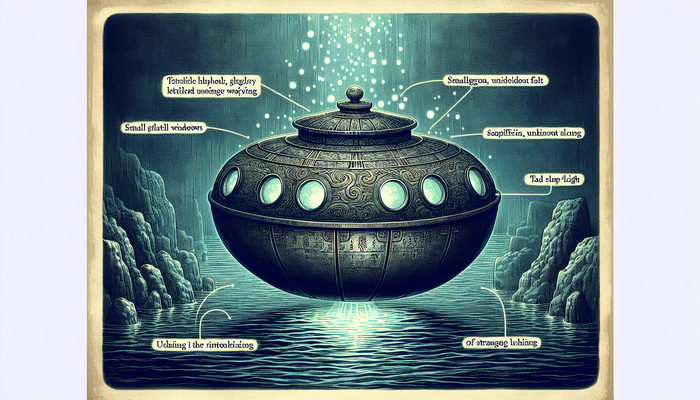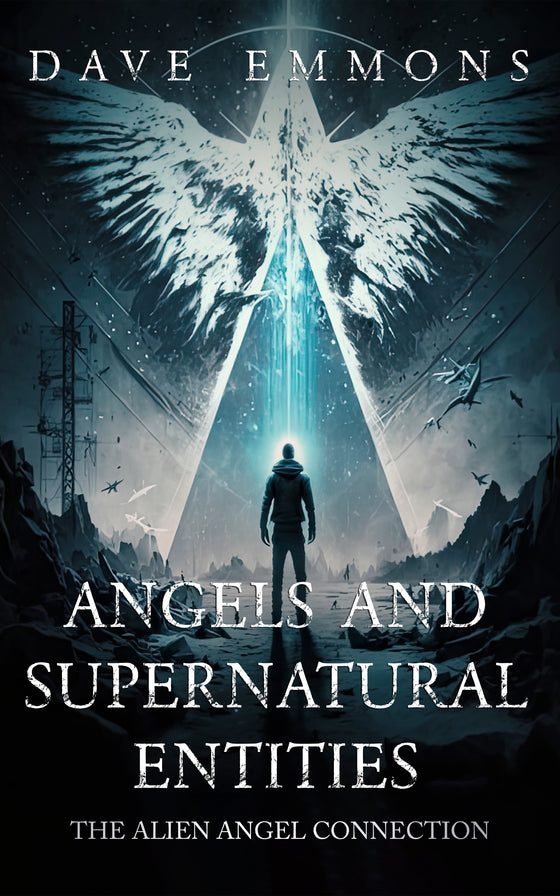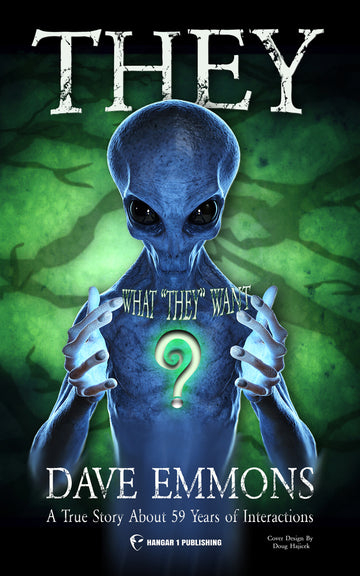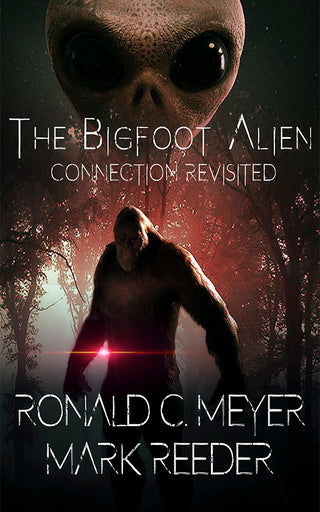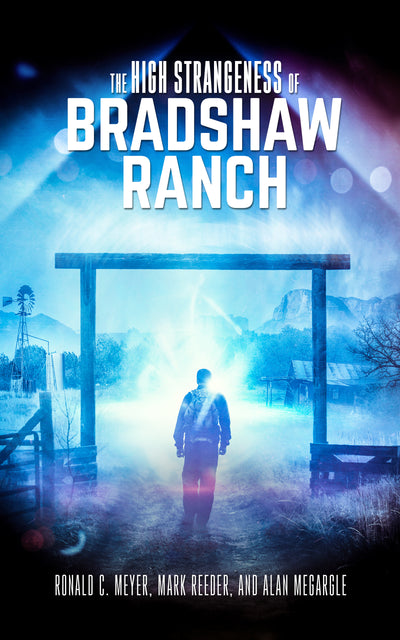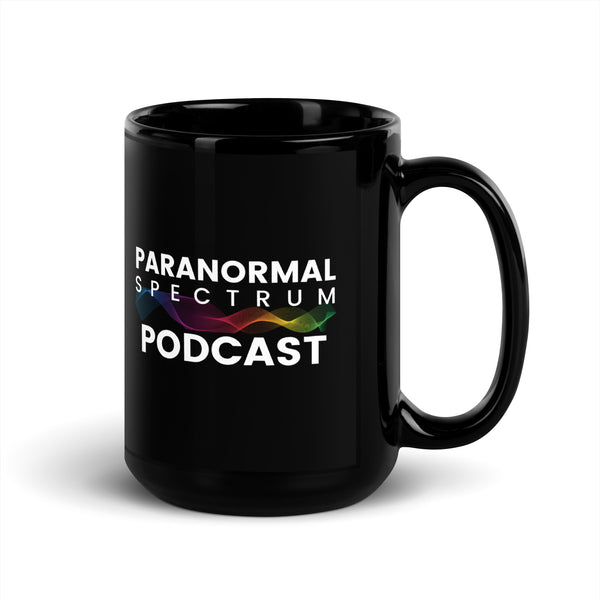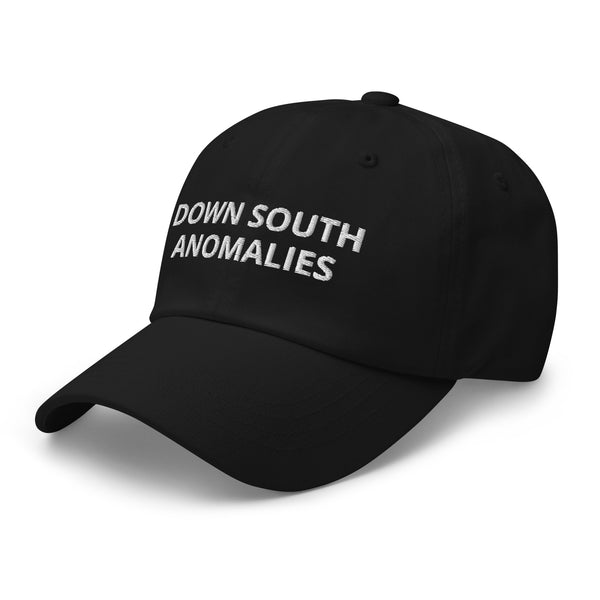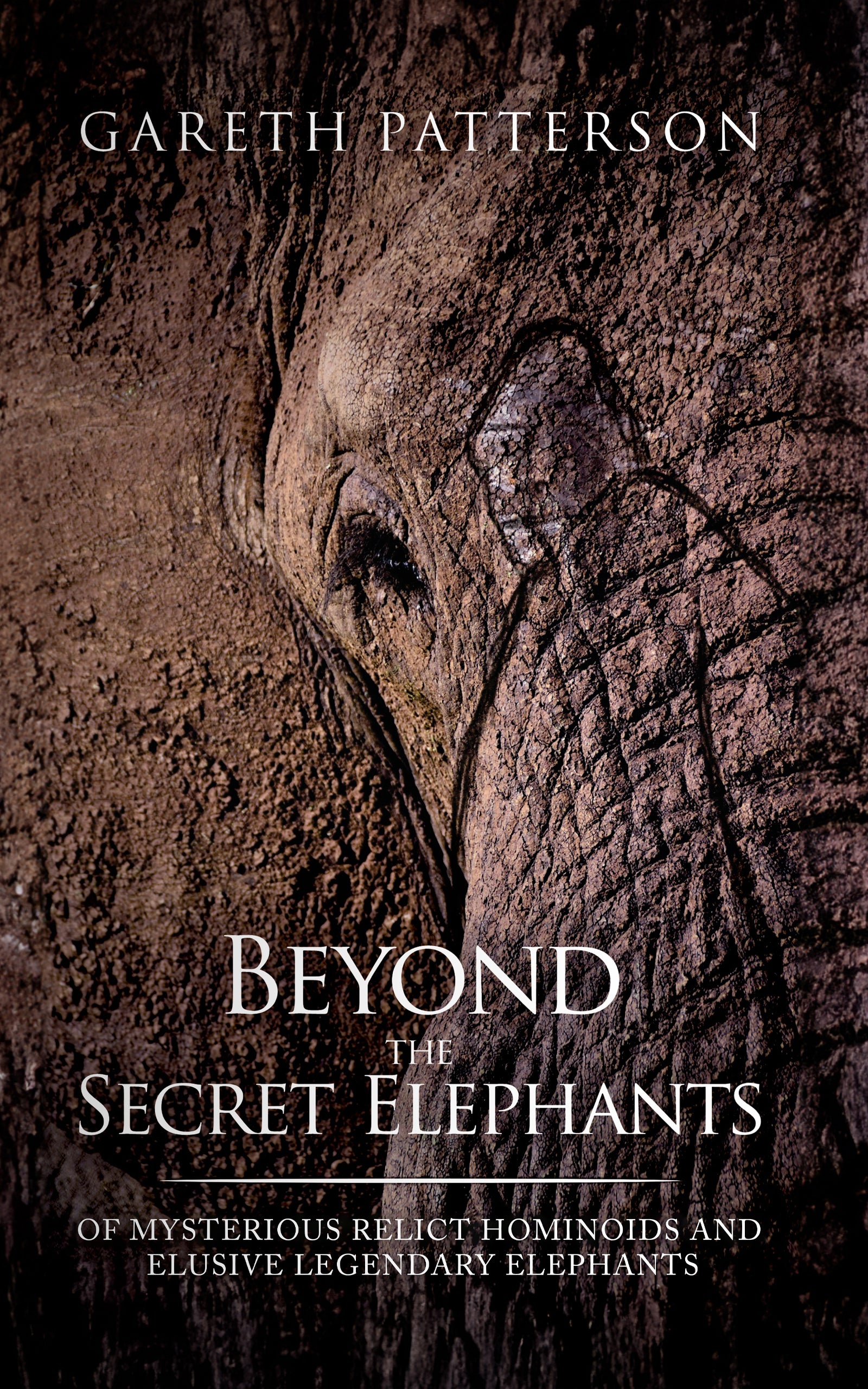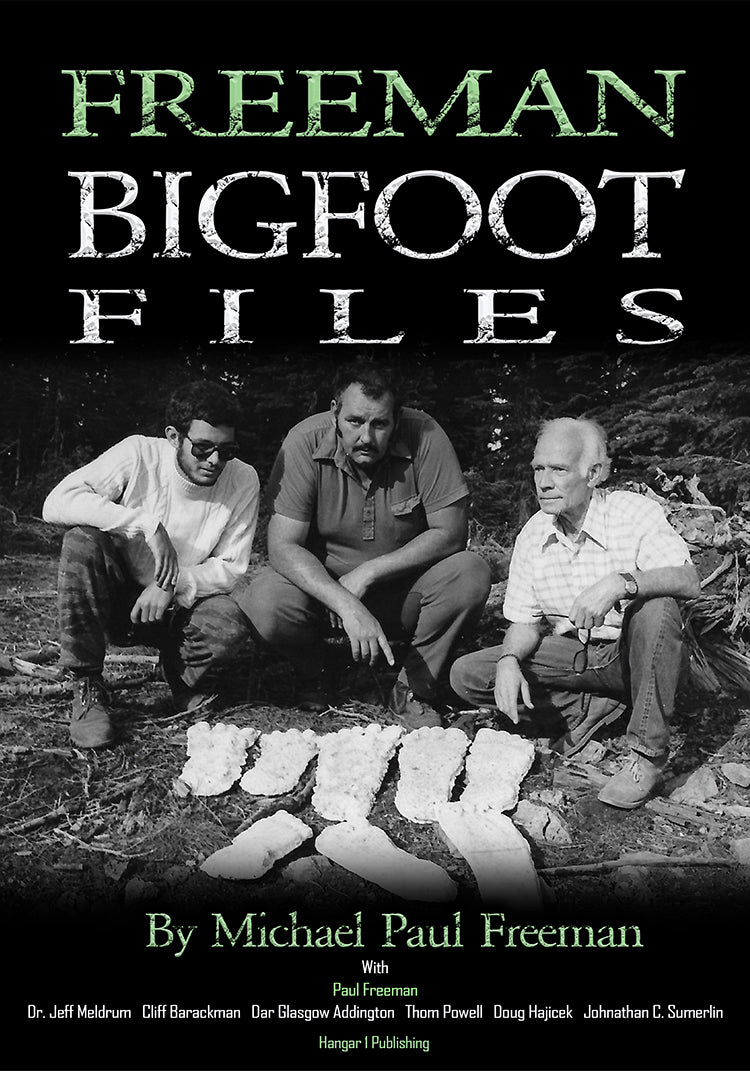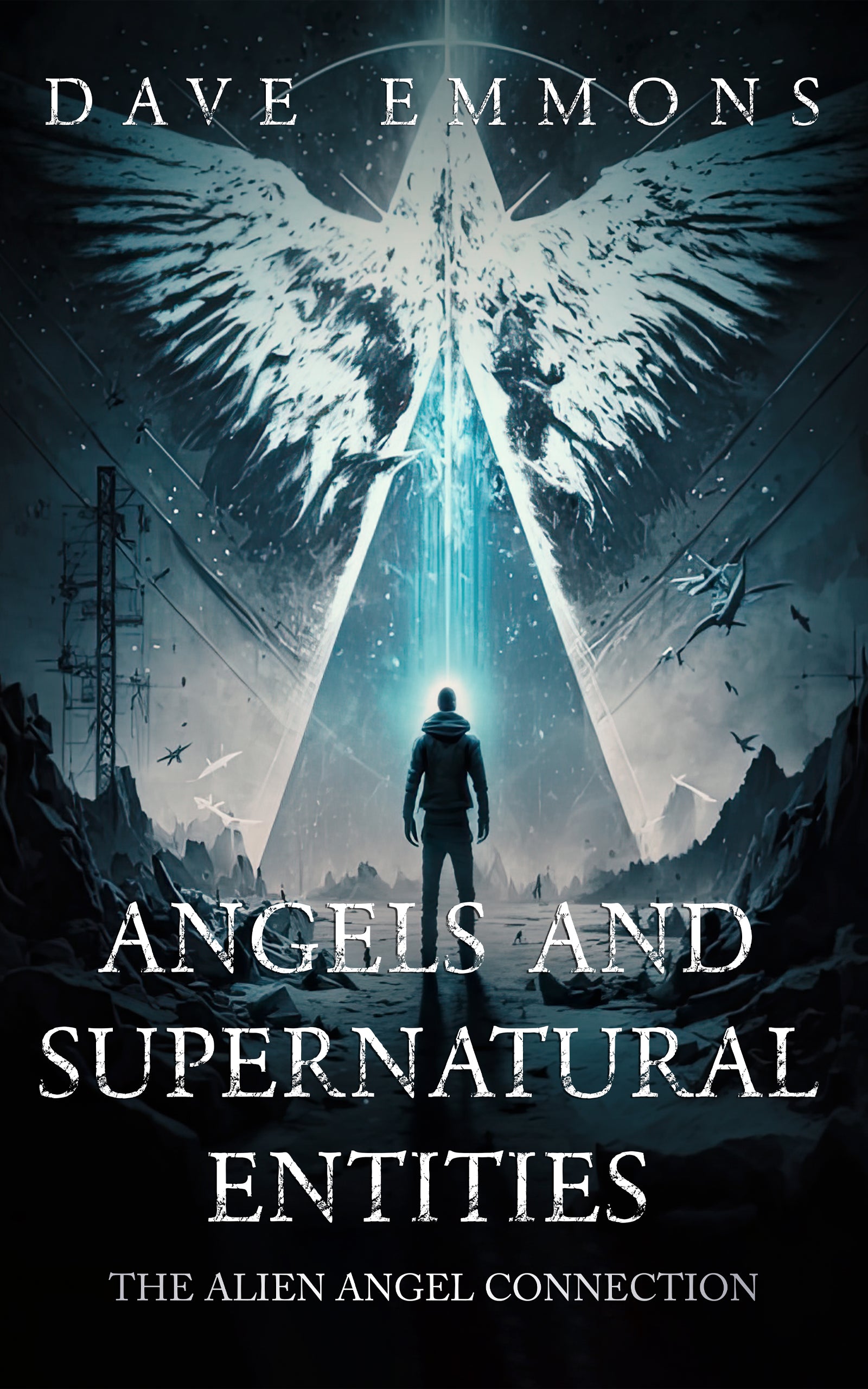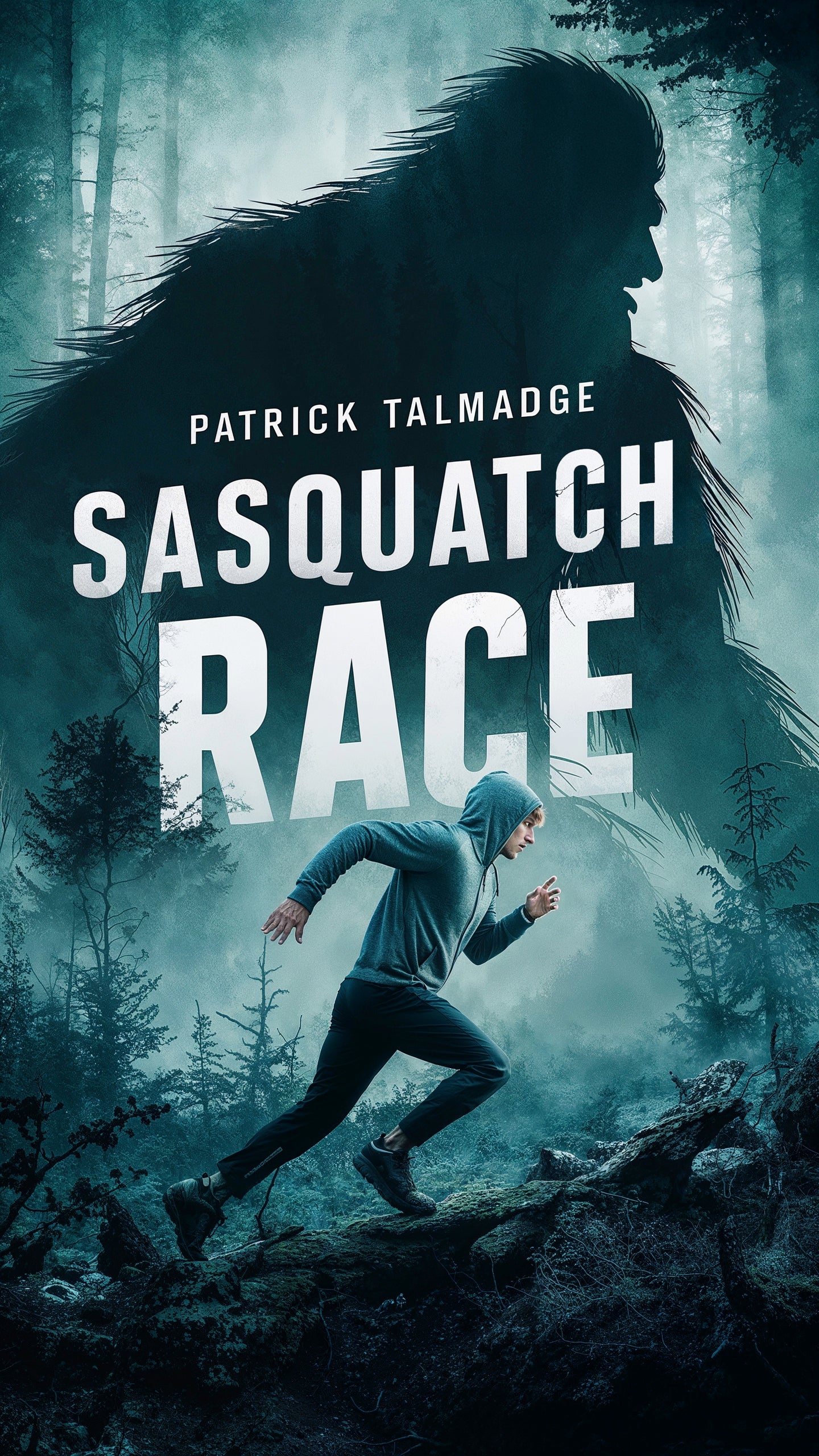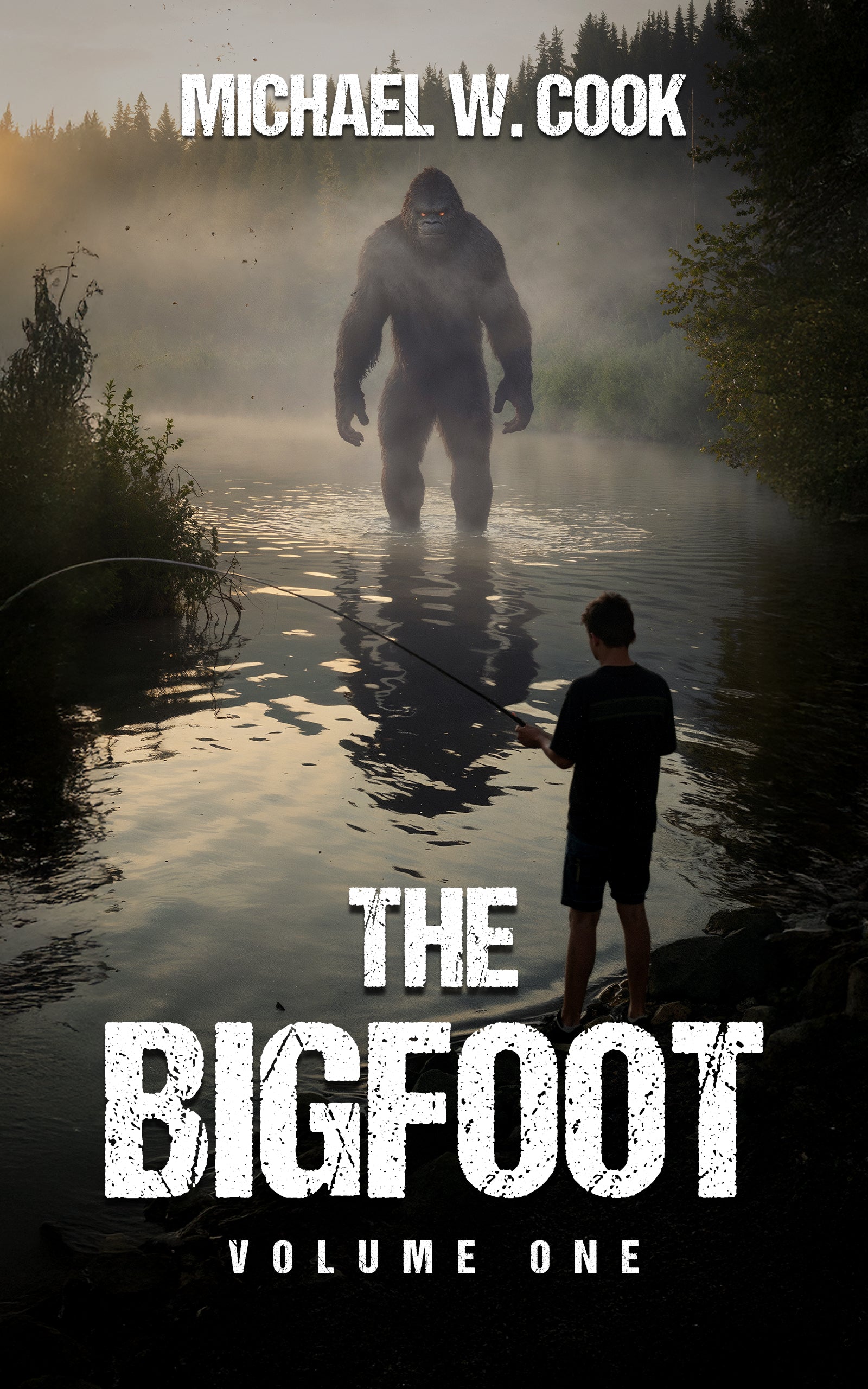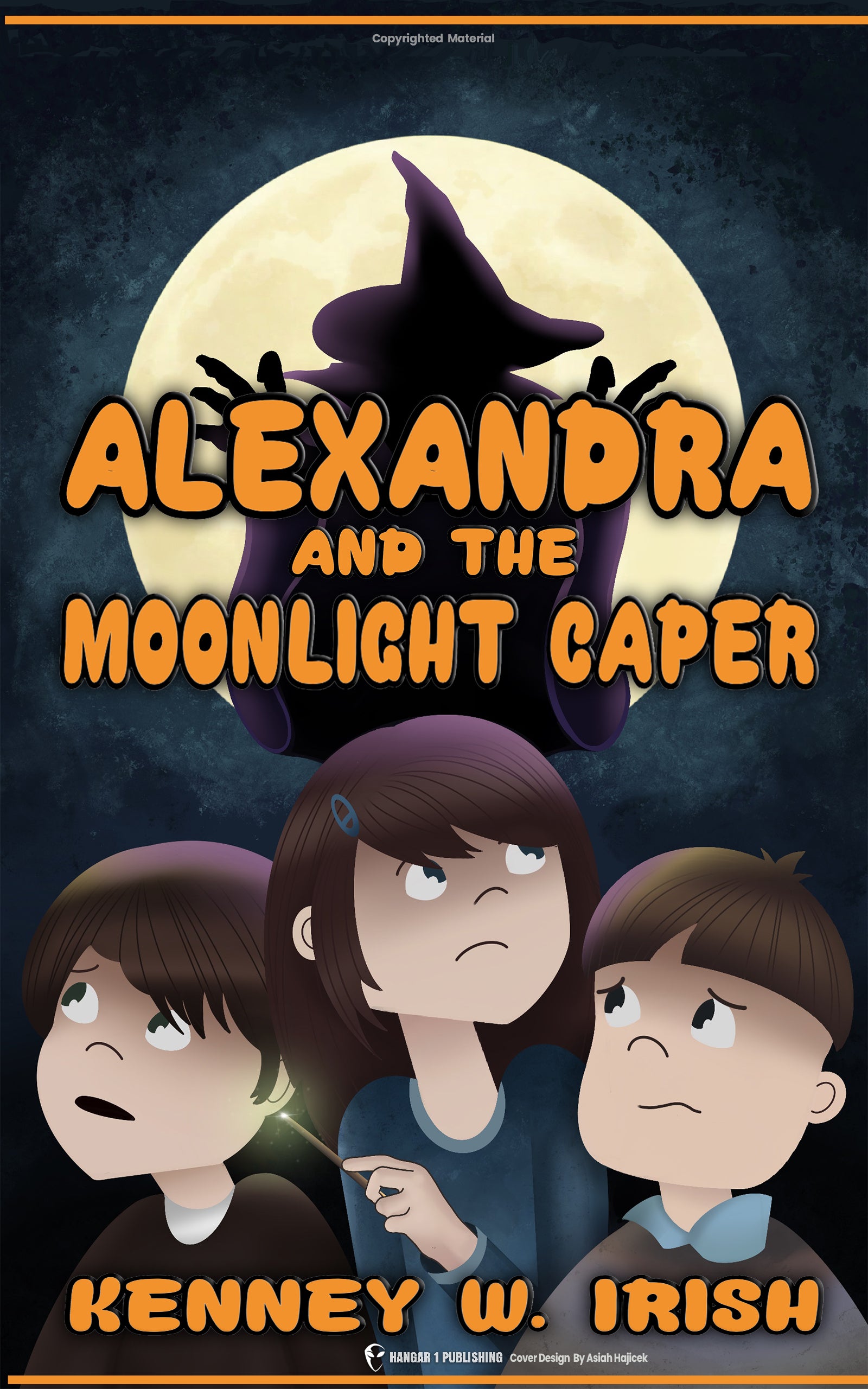UFO Cover-Up Culture: The Truth Behind the Secrecy

By Sanjay Kapoor, Ufologist
Introduction: Lifting the Veil of Secrecy
Imagine looking up at the night sky, seeing something inexplicable – a light, an object moving in ways that defy conventional aircraft – and feeling a profound sense of wonder mixed with unease. Now, imagine the institution you trust to protect you, your government, either dismissing your observation or offering explanations that feel incomplete, perhaps even deliberately misleading. It’s a scenario played out countless times, fueling a decades-long narrative: the UFO cover-up. It’s a story whispered in online forums, debated in documentaries, and now seriously discussed in the halls of Congress. But is this persistent belief in a government conspiracy to hide the truth about strange things in our skies simply a modern myth, a product of Cold War anxieties and cinematic imaginations? Or is there something more substantial behind the curtain?
We’re not just talking about little green men here. The phenomenon we now often refer to with the more sanitized term "Unidentified Anomalous Phenomena," or UAPs, encompasses a complex web of sightings, official investigations (often classified), and persistent public suspicion. "UFO Cover-Up Culture" isn't just about allegedly hiding crashed saucers or alien bodies; it’s about the intricate dance between genuine government secrecy (sometimes for understandable reasons), bureaucratic awkwardness, public perception shaped by media, and the undeniable human drive to find answers to the unknown. The shift in official language from "UFO" to "UAP" itself signals an attempt to destigmatize the topic, yet the underlying suspicion of hidden knowledge remains potent. While proving a deliberate, multi-decade conspiracy to hide extraterrestrial visitors is incredibly difficult, the culture surrounding that belief – the feeling that something is being hidden – is undeniably real. It’s a culture built on fragmented evidence, historical precedents of government secrecy, and the powerful allure of the unexplained. Let's explore the tangled roots of this belief, examine why governments might actually keep secrets about what's in our skies, revisit some pivotal moments, and see how this narrative continues to evolve today.
The Genesis of Secrecy: From Post-War Skies to Roswell's Riddle
To understand today's UFO Cover-Up Culture, we need to rewind to the late 1940s. World War II had just ended, ushering in an era of unprecedented technological leaps and simmering global tension – the dawn of the Cold War. People were looking to the skies, not just for bombers anymore, but with a mix of hope and apprehension about the future. It was into this atmosphere that the "flying saucer" phenomenon was born.
The year 1947 stands out. Civilian pilot Kenneth Arnold reported seeing nine gleaming objects flying at incredible speed near Mount Rainier. His description, likened to saucers skipping on water, captured the public imagination, and headline writers coined the term "flying saucers." Suddenly, reports flooded in from across the nation – hundreds, possibly thousands, of ordinary people claiming to see similar strange craft. Was it mass hysteria? Secret tests? Or something else entirely?
Then came Roswell. In July 1947, the Roswell Army Air Field in New Mexico issued a startling press release: they had recovered a "flying disc." Imagine the excitement! But just as quickly, the story changed. The very next day, the military retracted its statement, claiming the debris was nothing more than a common weather balloon. This abrupt reversal, this sudden pivot from extraordinary claim to mundane explanation, became a foundational moment for the cover-up narrative. Whether intentional deception or simply bureaucratic confusion rapidly corrected, the damage to public trust was done. It planted a seed of doubt: if they changed the story once, what else weren't they telling us? As Garrett Graff notes in his research, the Roswell story became a powerful feedback loop for conspiracy theories decades later.
This nascent suspicion needed voices, and figures like Donald Keyhoe quickly stepped into the role. A retired Marine Major turned author, Keyhoe wasn't just reporting sightings; he was actively accusing the government of concealment. His 1949 article "The Flying Saucers Are Real" and subsequent best-selling books argued that the Air Force knew these objects were interplanetary but was deliberately hiding the truth, perhaps fearing public panic reminiscent of Orson Welles' infamous "War of the Worlds" broadcast. Keyhoe introduced the idea of a powerful "silence group" pulling the strings behind the scenes. His dramatic silencing during a live 1958 CBS television appearance, where his microphone was cut just as he promised a new revelation, became a potent symbol – proof, in the eyes of many, that the cover-up was real and actively enforced.
Adding another layer to thisでした the omnipresent Cold War anxiety. Early on, as the provided research indicates, many people speculated that these "flying discs" weren't alien at all, but rather top-secret aircraft developed by either the United States or the Soviet Union. This fear provided a perfectly logical, terrestrial reason for government secrecy. Hiding advanced military technology from a rival superpower made perfect sense, creating a plausible veil behind which other, more exotic secrets could theoretically also be hidden. This tension between terrestrial secrets and extraterrestrial possibilities became a recurring theme in the UFO Cover-Up Culture.
The Layers of the Veil: Unpacking the Drivers of Government Secrecy
So, why would the government keep secrets about UFOs or UAPs? While the popular imagination jumps straight to crashed alien spaceships, the reality, according to decades of research and declassified documents, is likely far more complex – and perhaps, in some ways, more mundane.
First, let's talk about legitimate national security. Governments develop and test highly advanced, experimental aircraft and technologies all the time. Think about the U-2 spy plane, the SR-71 Blackbird, or the F-117 Nighthawk stealth fighter – all were tested in extreme secrecy. According to the CIA itself, test flights of the U-2 and its successor, the Oxcart, accounted for over half of all UFO reports in the late 1950s. These craft would have looked utterly alien to unsuspecting observers. Secrecy surrounding such projects is absolutely paramount. You don't want your adversaries knowing about your cutting-edge capabilities. This brings us to Area 51. While pop culture paints it as a holding pen for extraterrestrials, its documented purpose was precisely this: a remote, secure location for testing classified aircraft. The intense secrecy required for this terrestrial purpose inadvertently created the perfect breeding ground for alien conspiracy theories. It’s entirely plausible that some ongoing UAP sightings are simply glimpses of classified U.S. military projects the public isn't meant to see.
Then there's the flip side: what if the UAPs aren't ours? What if they belong to Russia, China, or another potential adversary testing their advanced technology against U.S. defenses? This concern is very real within intelligence communities. Former officials like Luis Elizondo have even suggested a secret arms race involving UAP technologies. If a foreign power has drones or other craft capable of penetrating sensitive airspace undetected, revealing what the U.S. knows – what it can track, what it can't, how it responds – would be handing valuable intelligence to that adversary. Announcing "Yes, we saw that strange drone swarm off the California coast, and here's how our sensors tracked it" is simply not going to happen. So, secrecy becomes a tactical necessity, regardless of whether the object is from Moscow or Mars.
Beyond these strategic reasons lies the messy reality of bureaucracy and, frankly, sometimes just not knowing. The government isn't a single, all-knowing entity; it's a sprawling labyrinth of agencies, departments, and highly compartmentalized "Special Access Programs" (SAPs). As research highlighted by Garrett Graff suggests, information doesn't always flow freely. One agency might genuinely not know what another is testing. Remember Captain Thomas Mantell, the Air Force pilot tragically killed in 1948 chasing a "UFO"? It took years for Project Blue Book to figure out he was likely chasing a secret Navy research balloon developed by General Mills (yes, the cereal company!). This kind of inter-agency confusion, or simply a lack of sufficient data from a fleeting sighting, can lead to unexplained cases. And what's often more embarrassing for a multi-billion-dollar defense apparatus than admitting they're hiding aliens? Admitting they simply don't know what's flying in their own airspace. As astronomer J. Allen Hynek, a longtime Air Force consultant, astutely observed, there are two kinds of cover-ups: covering up knowledge and covering up ignorance. The latter, he suspected, was far more common when it came to UFOs.
Finally, there's the old specter of public panic. It might sound paternalistic, but officials have historically worried about societal disruption if the existence of non-human intelligence were confirmed. The (likely exaggerated) stories surrounding the 1938 "War of the Worlds" broadcast linger in institutional memory. There's even an anecdotal account, mentioned in BBC reporting on National Archives files, claiming Winston Churchill ordered a wartime UFO sighting kept secret for 50 years specifically to prevent "mass panic" and the shattering of religious beliefs. While the veracity of that specific story is debated, the underlying concern about controlling information to maintain public order is a documented aspect of government behavior. Whether justified or not, this fear could certainly contribute to a culture of secrecy around potentially world-altering information.
Iconic Cases and Whispers of the Unseen: Shaping the Cover-Up Narrative
Certain places and incidents have become pillars of the UFO Cover-Up Culture, their stories retold and reinterpreted until they've achieved almost mythic status, regardless of the factual basis.
Area 51 is perhaps the undisputed king. As we touched on, its legitimate need for secrecy as a testing ground for aircraft like the U-2 provided fertile soil. But it was the claims of one man, Robert Lazar, in 1989 that truly cemented its place in alien lore. Lazar told a Las Vegas reporter he'd worked on reverse-engineering extraterrestrial technology inside the base, even viewing alien autopsy photos. Though Lazar himself was later discredited – investigations revealed he fabricated his employment and educational background – his story took root. It didn't matter that, as skeptic Benjamin Radford points out, almost nothing Lazar said was true; the connection between Area 51 and recovered alien craft was burned into the public consciousness. The base became a symbol, a shorthand for the deepest, darkest government secrets, likely far exceeding its actual, albeit classified, role in military aviation development.
Roswell, too, holds an enduring power. That initial fumble – "flying disc" one day, "weather balloon" the next – created a narrative vacuum that suspicion rushed to fill. Decades later, in the late 1970s, UFO researcher Stanton Friedman interviewed Jesse Marcel, the intelligence officer involved in the original recovery. Marcel claimed the weather balloon story was a cover-up, though he consistently denied seeing any bodies. This reignited interest, morphing the story over time to include crashed ships and alien corpses stored in secret morgues like the mythical "Hangar 18" at Wright-Patterson Air Force Base – a concept likely borrowed from earlier fiction and speculation, as noted in the Wikipedia source. Official explanations, like Project Mogul (a classified project involving high-altitude balloons to detect Soviet nuclear tests), were offered later, suggesting the debris was unusual but terrestrial. Yet, for believers, these explanations often felt like more attempts to obscure the "real" truth. Roswell became the archetypal example of government deception regarding UFOs.
The narrative took a darker turn in the 1980s. As scholar Michael Barkun terms it, "ufology's dark side" emerged. Prior theories sometimes featured benign "space brothers," but now whispers emerged of government collusion with malevolent aliens. Figures associated with this shift, like Richard Doty (an Air Force Sergeant later revealed to have fed disinformation) and John Lear (son of the Learjet founder), propagated disturbing stories. These included government treaties allowing alien abductions and horrific cattle mutilations in exchange for technology. Bennewitz claimed the US government was dealing with dangerous aliens in underground bases near Dulce, New Mexico. These theories, often lurid and disturbing, tapped into a growing post-Watergate distrust of government, painting a picture not just of secrecy, but of betrayal.
And this culture isn't just an American phenomenon. The Pentyrch Incident in Wales offers a compelling example from the UK. According to the book detailing the event, witnesses reported seeing a large pyramidal UFO being intercepted and possibly shot down by military aircraft in 2016. The authors, including a direct witness, claim their Freedom of Information (FOI) requests revealed inconsistencies and "downright lies" from various UK authorities. While lacking definitive physical proof in the public domain, the witness testimonies and the alleged official obfuscation echo the familiar patterns seen in the US. It demonstrates how the perception of a cover-up can arise from localized events when official accounts clash with witness experiences, showing the global nature of this distrust and suspicion.
Pop Culture's Cosmic Influence: The Entertainment Industrial Complex of Secrecy
You simply cannot talk about the UFO Cover-Up Culture without acknowledging the massive role played by movies, television, and even pulp magazines. Long before the internet, these mediums were shaping how we imagined extraterrestrial life and government responses to it.
It arguably started in the pulp science-fiction magazines of the 1940s and 50s, like Raymond Palmer's Amazing Stories. These publications blurred the lines between fact and fiction, printing fantastical tales alongside claims of real government awareness of visiting spaceships even before the 1947 saucer craze truly began. Palmer, dubbed "the man who invented flying saucers," even hired Kenneth Arnold to investigate the Maury Island incident, further intertwining speculative fiction with real-world events and early cover-up claims.
Fast forward a few decades, and Hollywood took the reins. Steven Spielberg's 1977 blockbuster Close Encounters of the Third Kind wasn't just a movie; it was a cultural event that dramatized a massive government cover-up attempting to manage humanity's first contact. It featured real-life UFO researchers J. Allen Hynek and Jacques Vallee as inspirations or advisors, lending it a veneer of authenticity. The film subtly wove in elements popular among conspiracy theorists, like the idea of an "exchange program" with aliens (later echoed in the Project Serpo hoax).
Then came the 1990s, arguably the golden age of UFO conspiracy in popular culture. Leading the charge was The X-Files. With its iconic tagline "The Truth Is Out There" and its central premise of two FBI agents investigating paranormal phenomena actively covered up by a shadowy government syndicate (the "Smoking Man" and his cohorts), the show perfectly captured the zeitgeist of post-Cold War paranoia and institutional distrust. It directly incorporated elements from UFO lore: Roswell, alien abductions, Men in Black, secret treaties. Its influence was immense. Research notes that UK UFO reports actually peaked in 1996, right alongside the show's soaring popularity – a clear indicator of a feedback loop. Pop culture wasn't just reflecting the cover-up culture; it was actively amplifying it.
Big-budget films followed suit. Independence Day (1996) brought the idea of a crashed Roswell saucer hidden at Area 51 to a global audience. Men in Black (1997), while comedic, normalized the idea of a secret agency dedicated to managing Earth's alien interactions and erasing public memory, even poking fun at standard debunking explanations like "swamp gas from a weather balloon." These weren't niche productions; they were mainstream entertainment shaping public perception on a massive scale. They made the idea of a government cover-up feel not just plausible, but almost expected. This constant reinforcement in our entertainment makes it easier to believe that behind the scenes, something similar might actually be happening.
The Modern Push for Disclosure: Whispers from Within, Pressure from Without
In recent years, the conversation around UFOs and potential government cover-ups has shifted dramatically. What was once confined to the fringes is now being discussed in mainstream news outlets and, remarkably, within the U.S. Congress. This resurgence is driven largely by credible-seeming insiders coming forward and increasing political pressure for transparency.
The 2017 revelations in The New York Times and Politico about a small, secret Pentagon program (AATIP) studying UAPs, accompanied by leaked Navy videos showing pilots' encounters with seemingly inexplicable craft (the "Tic Tac," "Gimbal," and "GoFast" videos), cracked the door open. The government acknowledging the program's existence and the authenticity of the videos gave the topic a newfound legitimacy.
Enter figures like David Grusch. A former Air Force intelligence officer who worked with the Pentagon's UAP Task Force, Grusch became a whistleblower in 2023. His claims, made initially to journalists and later under oath before a House Oversight subcommittee, were explosive. He alleged the existence of a secret, "multi-decade" U.S. program dedicated to retrieving and reverse-engineering crashed UAPs of "non-human origin." Perhaps most startlingly, he claimed the recovery of "non-human biologics" from these craft. While Grusch admitted he hadn't personally seen these materials, his testimony was based, he said, on interviews with over 40 high-level, credible witnesses still involved in these alleged programs. He further claimed this information was being illegally withheld from Congress and that he and others faced retaliation for speaking out. Grusch's background lent his claims a weight that previous whistleblowers, like the discredited Bob Lazar, lacked, reigniting public fascination and putting intense pressure on the government.
This pressure is now resonating in Congress. We're seeing a rare display of bipartisanship, with Republicans like Tim Burchett ("We're done with the cover-up") and Democrats like Robert Garcia joining figures like Marco Rubio and Kirsten Gillibrand in demanding more answers. They argue that UAPs, whatever their origin, represent a potential flight safety and national security threat that requires serious investigation and transparency. Their frustration with perceived government "stonewalling" mirrors the public's long-held suspicions.
This clamor for answers is amplified by the "Disclosure" movement, represented by groups like Steven M. Greer's Disclosure Project. For years, these advocates have lobbied for the release of all classified government information relating to UFOs and extraterrestrial contact. While often viewed skeptically by officials, their persistence keeps the issue in the public eye and fuels anticipation for official reports and declassified documents.
Of course, there's a strong counter-narrative. The Pentagon, through spokespeople like Susan Gough, has repeatedly stated that its All-domain Anomaly Resolution Office (AARO) has found "no verifiable information to substantiate claims" about possessing or reverse-engineering extraterrestrial materials. Experts like Dr. Joshua Semeter, who served on a NASA panel studying UAPs, emphasize the need for better data and caution against jumping to extraordinary conclusions based on testimony alone. Semeter points out that many sightings recorded by military sensors, particularly infrared cameras, can be misinterpreted due to sensor artifacts, atmospheric effects, or parallax issues. He and others argue that the secrecy surrounding some UAP information is often necessary to protect sensitive terrestrial technology and intelligence-gathering capabilities, not to hide aliens. They maintain that while some UAPs remain unexplained due to insufficient data, there's no compelling scientific evidence for extraterrestrial visitation. This ongoing tension between whistleblower claims igniting public interest and official denials backed by scientific skepticism defines the current landscape of the UFO cover-up debate.
Beyond National Borders: Global Dimensions of the Cover-Up Culture
While much of the UFO focus tends to center on the United States, particularly Area 51 and Roswell, the belief in government secrecy surrounding unidentified phenomena is a global affair. The idea that powerful institutions might be hiding knowledge extends beyond any single nation's borders.
One of the more novel claims to emerge recently came from whistleblower David Grusch, who alleged Vatican involvement. He suggested, based on his interviews, that the Catholic Church, under Pope Pius XII, knew about a UAP recovered in Italy under Mussolini's regime in 1933 and "backchanneled" this information to the U.S., which later retrieved the craft. While completely unverified and currently lacking any public evidence, this assertion, as reported by Newsweek, broadens the potential scope of the "cover-up" dramatically. It posits that knowledge – and perhaps concealment – might reside not just within governments but within ancient, influential institutions with their own intelligence networks and unique theological perspectives on extraterrestrial life. The Vatican, with its vast archives (allegedly containing miles of shelving) and historical openness to science (hosting an astrobiology conference in 2009), becomes another potential repository of secrets in this narrative.
The Pentyrch Incident in Wales, as previously mentioned, serves as a potent reminder that the experience of perceived government secrecy and obfuscation isn't unique to America. The witness accounts and the alleged difficulties in getting straight answers from UK authorities regarding military activity on the night of the reported sighting echo stories familiar to UFO researchers worldwide. Whether it involves denied FOIA requests, conflicting official statements, or explanations that seem inadequate to observers, the pattern repeats. It highlights that distrust can grow organically at a local level when official narratives don't align with reported experiences, regardless of the country.
Different nations undoubtedly have varying approaches to UAP reports and levels of transparency. Some, like France with its GEIPAN agency (formerly GEPAN), have had official bodies investigating UFOs for decades, releasing certain findings publicly. Others maintain stricter silence. However, the underlying suspicion that governments prioritize secrecy over disclosure, whether for national security, fear of panic, or other reasons, appears to be a common thread in many parts of the world where significant sightings have occurred or where UFO narratives have taken hold in popular culture. The UFO Cover-Up Culture, therefore, isn't just an American export; it's a phenomenon that adapts and manifests wherever unexplained aerial events intersect with government secrecy and public curiosity.
The Psychology and Sociology of Belief: Why the Cover-Up Culture Persists
Why does the belief in a UFO cover-up remain so persistent, flourishing even in the face of official denials and a lack of universally accepted "extraordinary evidence"? The answer likely lies less in smoking-gun proof and more in the fertile ground provided by human psychology and societal dynamics.
At its core, the UFO Cover-Up Culture taps into a deep-seated, and arguably growing, distrust of institutions. Decades of real-world government secrecy, misinformation (sometimes admitted, as with cases like Richard Doty's disinformation campaigns mentioned in the Wikipedia source), and political scandals have eroded public faith. When people already feel that powerful entities operate behind closed doors and aren't always truthful, it becomes easier to believe they might be hiding something as monumental as evidence of extraterrestrial life. This pre-existing skepticism provides a receptive audience for cover-up narratives. Think about the parallels drawn in the research to 9/11 conspiracy theories; traumatic, confusing events coupled with incomplete or evolving official explanations can breed suspicion and alternative theories.
There's also a fundamental human need to find patterns and explanations, especially for phenomena that are mysterious or frightening. Unidentified objects performing seemingly impossible maneuvers challenge our understanding of the world. In the absence of clear, satisfying answers from official sources, the human brain naturally tries to connect the dots, sometimes weaving disparate pieces of information, eyewitness accounts, and speculative theories into a coherent, albeit conspiratorial, narrative. A cover-up provides a framework, an explanation – albeit a potentially unsettling one – for why the mystery persists. It suggests someone knows the answer, even if they're hiding it.
Furthermore, believing in a cover-up offers a certain psychological allure. It positions the believer as someone who sees behind the curtain, who possesses hidden knowledge that the "sheeple" miss. This can create a sense of empowerment and belonging, especially within online communities or groups dedicated to "truth-seeking." Sharing theories, analyzing fragments of evidence, and challenging the official narrative fosters a strong sense of community and shared identity. As research analyzed by the Skeptical Inquirer suggests, for some, participation in movements like the 9/11 Truth movement (and by extension, UFO cover-up culture) can be as much a social and recreational pursuit as a quest for objective truth. The narrative itself becomes self-reinforcing within these groups.
The Truth, Unveiled (Perhaps): Synthesizing the Secrecy
So, after journeying through decades of sightings, official reports, whistleblower claims, and cultural phenomena, what can we say about the UFO Cover-Up Culture? It's clear that it's not a simple yes-or-no question of whether governments are hiding aliens. Instead, it's a complex tapestry woven from many threads. There's the undeniable reality of legitimate national security concerns demanding secrecy around advanced terrestrial technologies, both our own and those of potential adversaries. There's the bureaucratic tendency towards classification and the institutional discomfort with admitting ignorance ("I don't know") about phenomena that defy easy explanation. Fear of public reaction, however paternalistic, has likely played a role. And the powerful engine of popular culture has continuously fueled our collective imagination, shaping expectations and suspicions. Add to this the inherent human psychological need to find answers and patterns, particularly in an era of declining trust in institutions, and you have the recipe for a persistent culture of perceived concealment.
It's crucial, then, to distinguish between different kinds of potential cover-ups. Is the government hiding irrefutable proof of extraterrestrial spacecraft and beings? Based on public evidence and scientific consensus, that remains an extraordinary claim awaiting extraordinary proof. Is the government hiding information about classified military projects, the capabilities of foreign drones, embarrassing gaps in our own sensor coverage, or simply the fact that they can't explain every blip on the radar? That seems far more plausible, almost certain, based on historical precedent and stated concerns. The 'UFO Cover-Up Culture' thrives in the ambiguity between these possibilities.
The enduring mystery lies in that persistent small percentage of UAP sightings – reported by credible witnesses like trained military pilots, sometimes corroborated by sensor data – that remain genuinely unexplained after rigorous analysis. As long as these true unknowns exist, speculation will continue. Perhaps the greatest consequence of decades of secrecy, whatever its motivation, is the erosion of public trust and the potential stifling of open scientific inquiry into these genuine anomalies. Ultimately, a path toward greater transparency, carefully balanced with genuine security needs, seems the most promising way forward – not necessarily to confirm aliens, but to rebuild trust and allow science to properly investigate the enduring mysteries that still flicker in our skies.
From Bigfoot to UFOs: Hangar 1 Publishing Has You Covered!
Explore Untold Stories: Venture into the world of UFOs, cryptids, Bigfoot, and beyond. Every story is a journey into the extraordinary.
Immersive Book Technology: Experience real videos, sights, and sounds within our books. Its not just reading; its an adventure.







